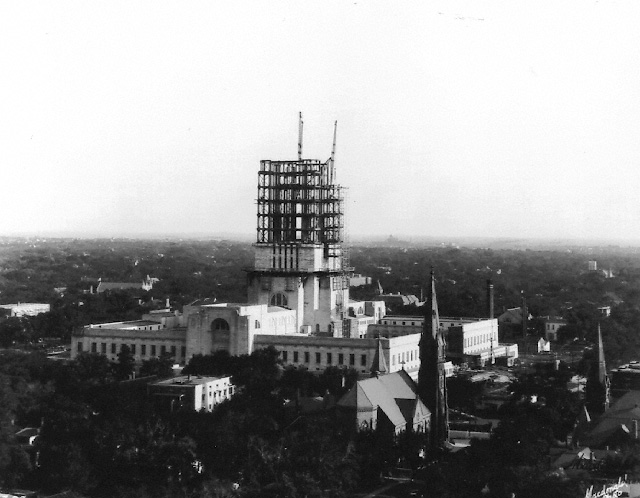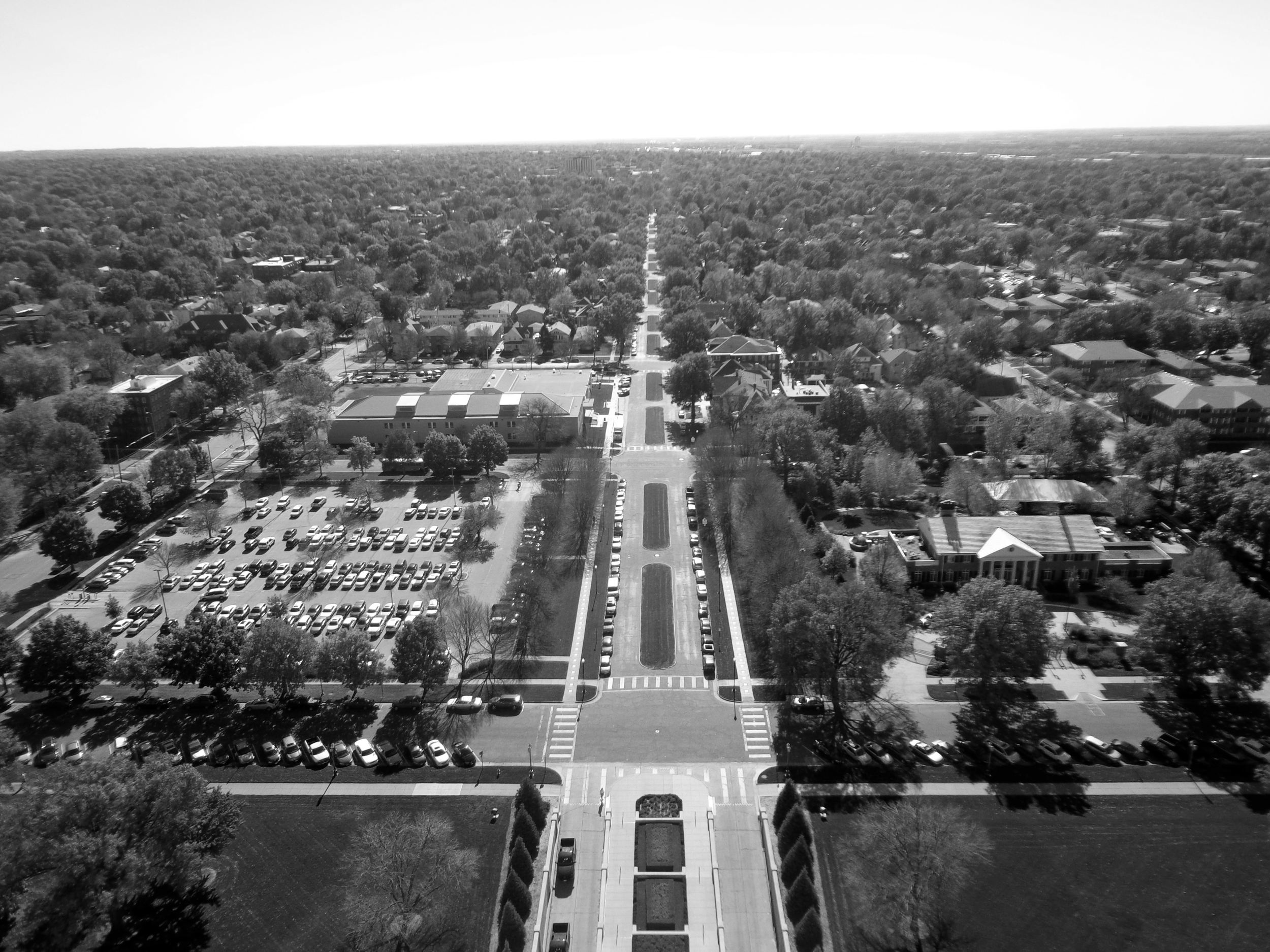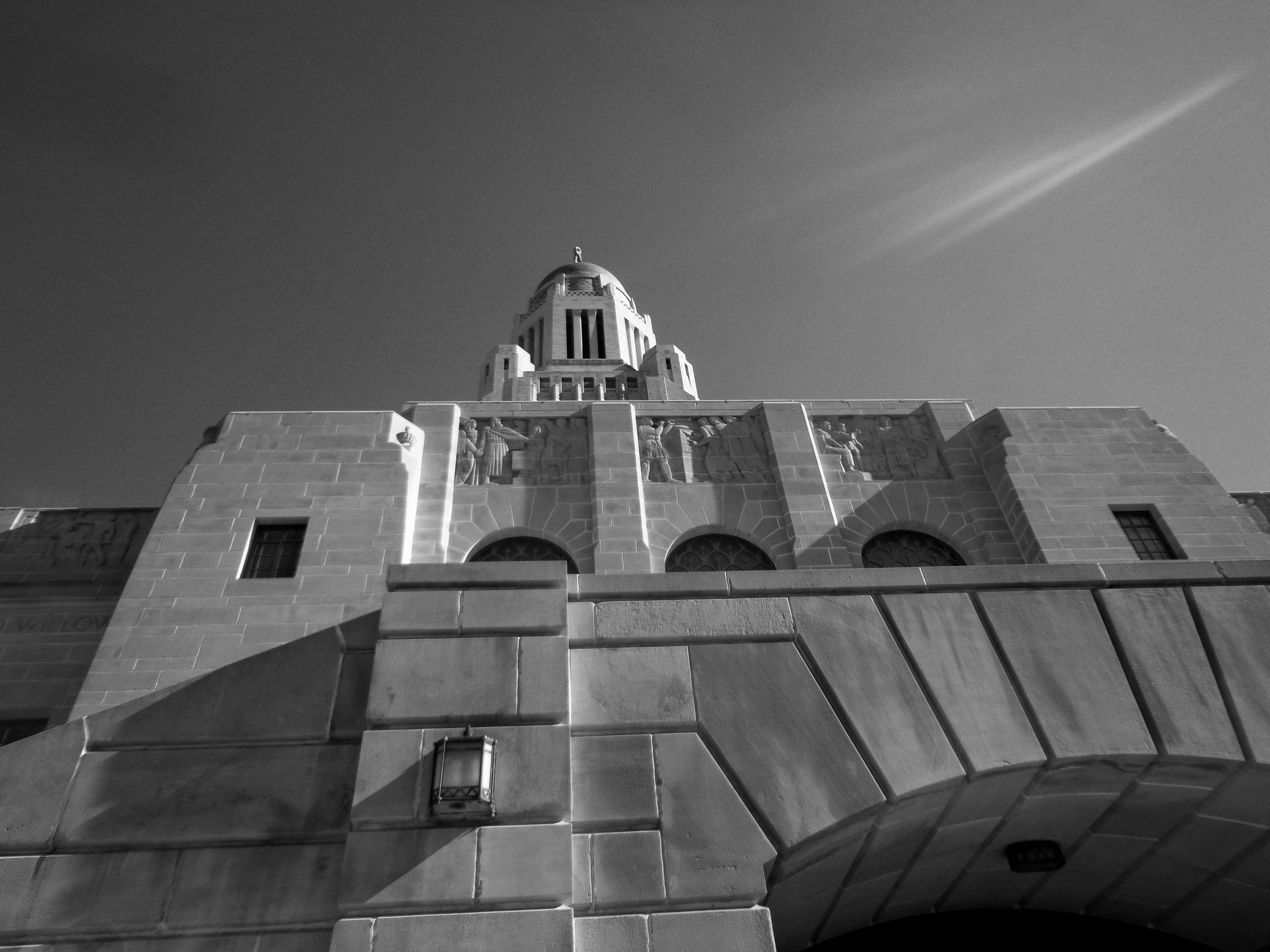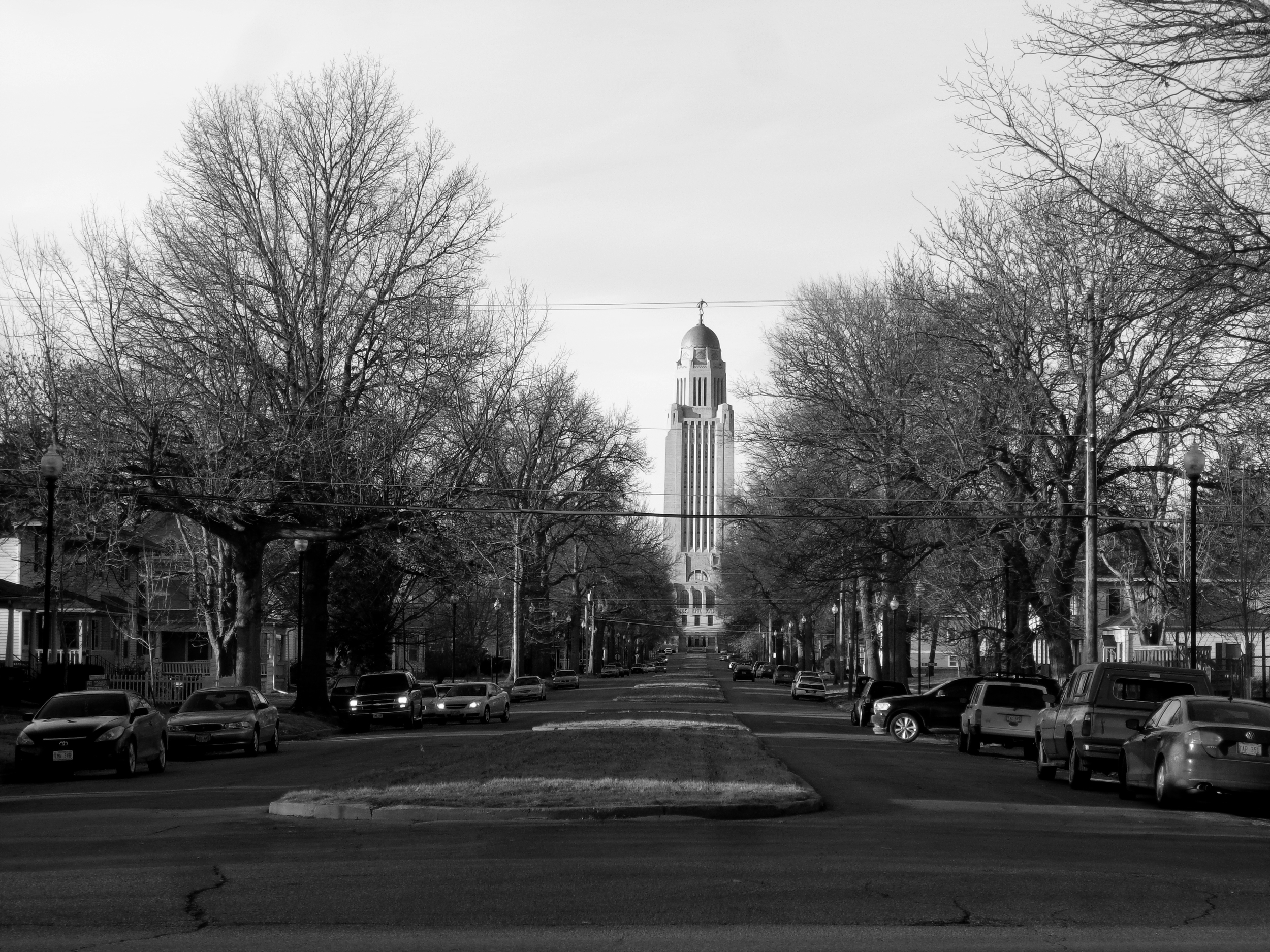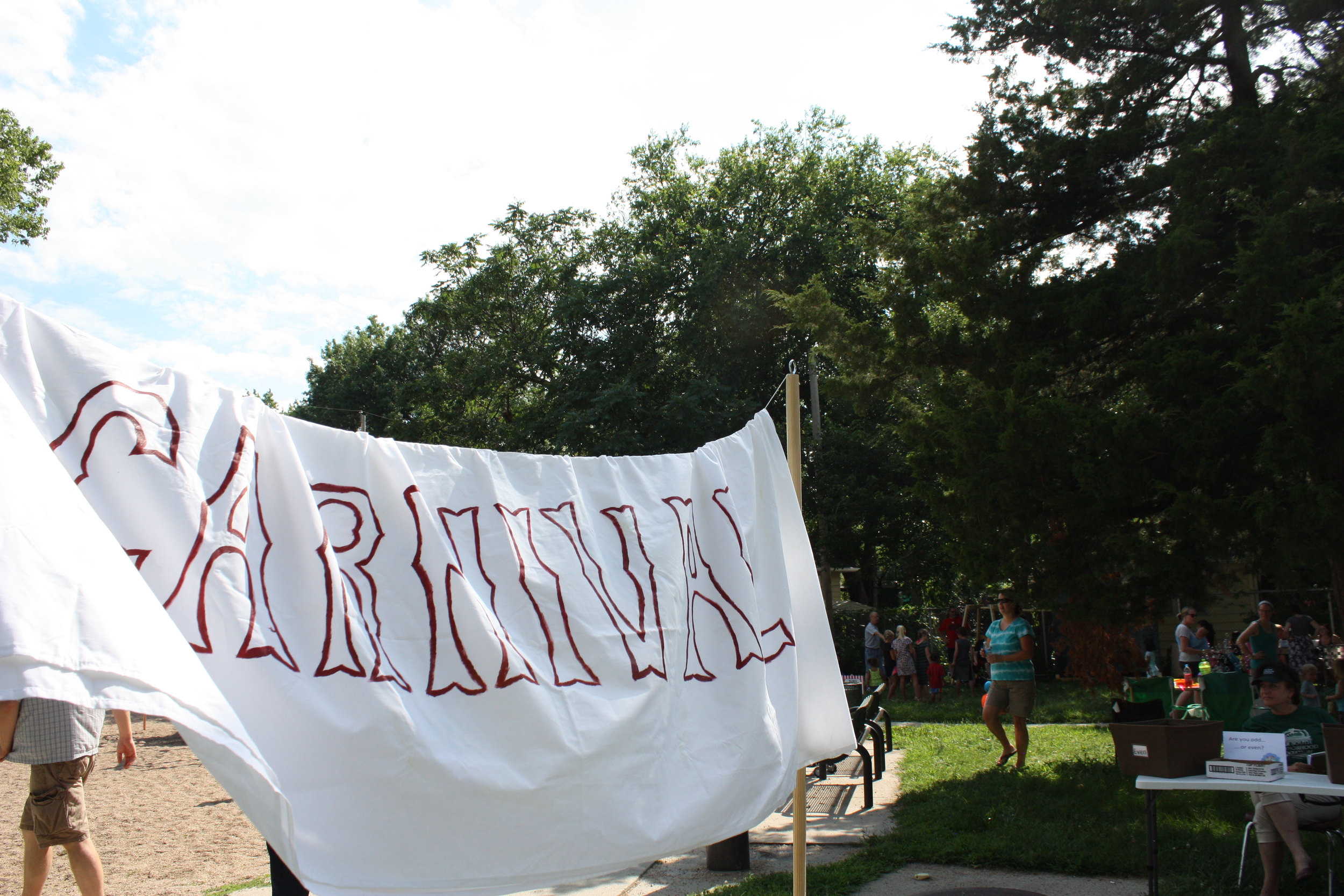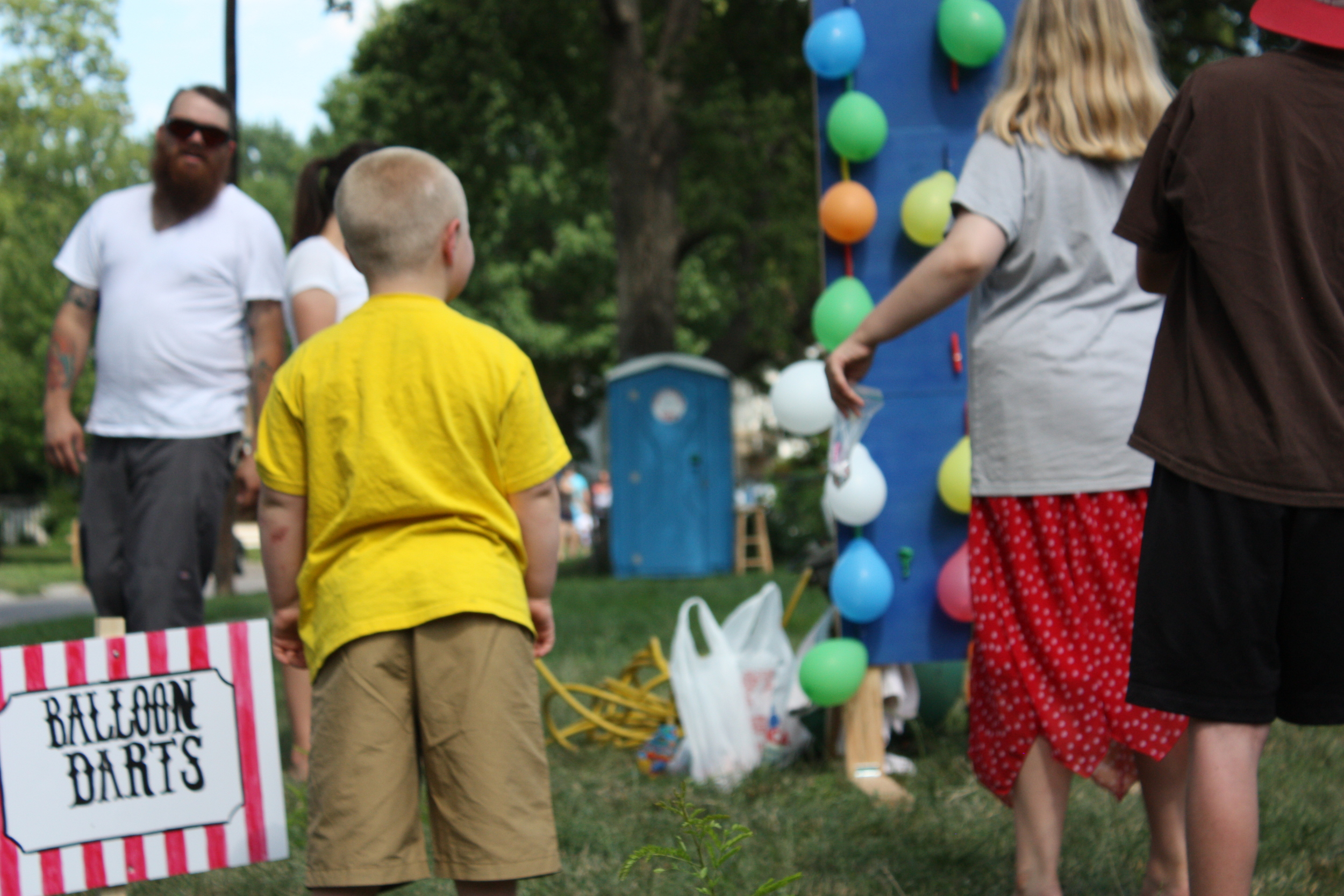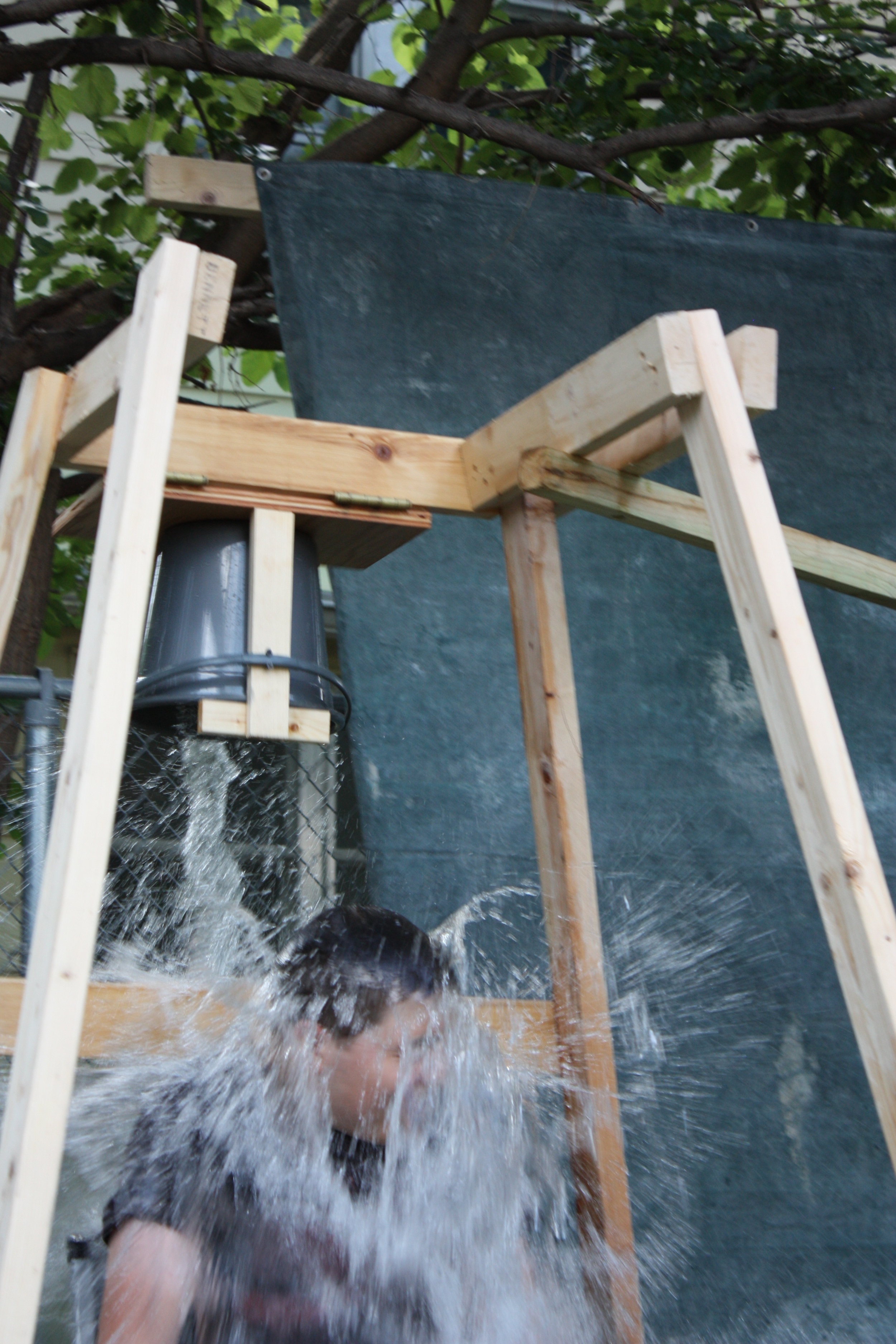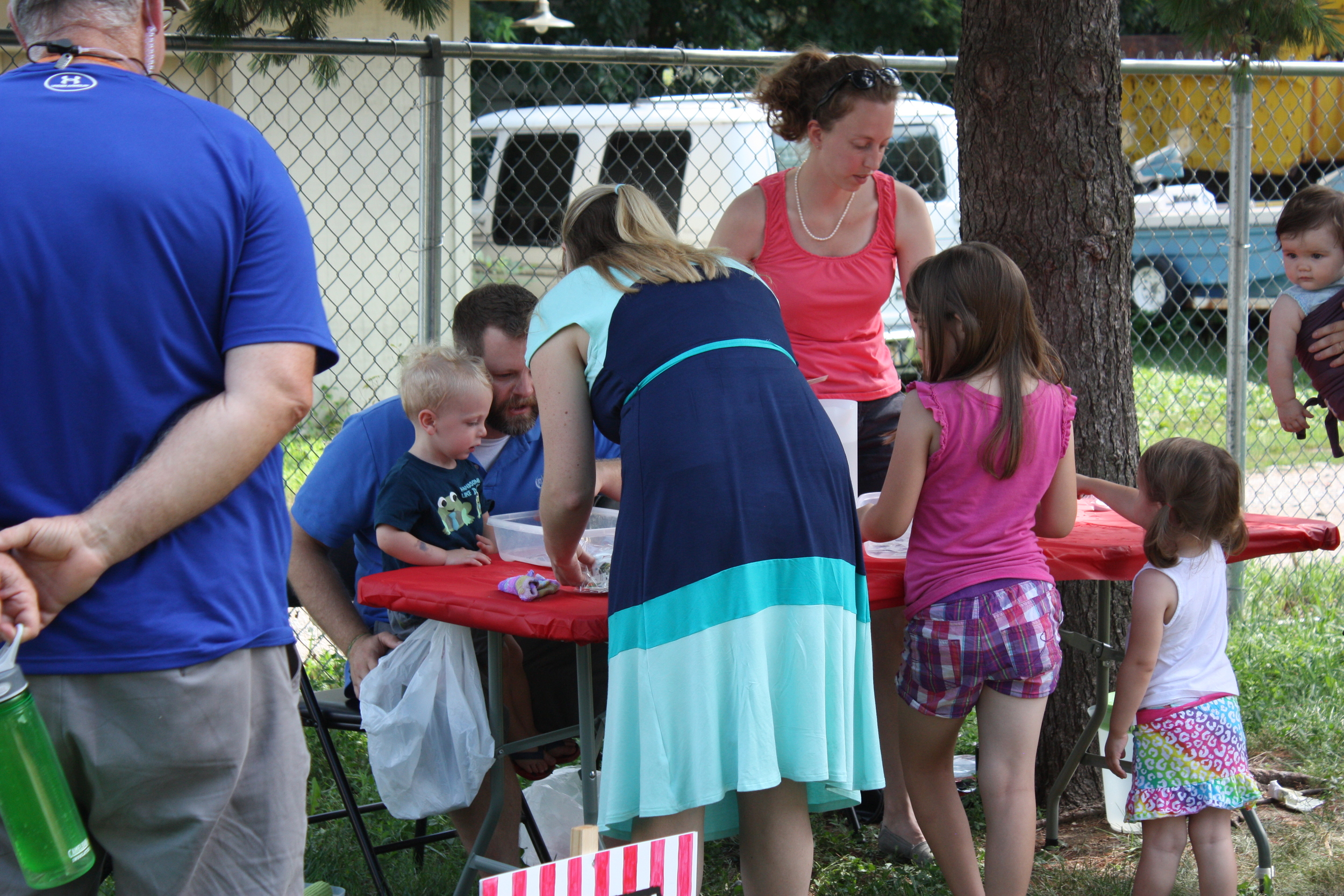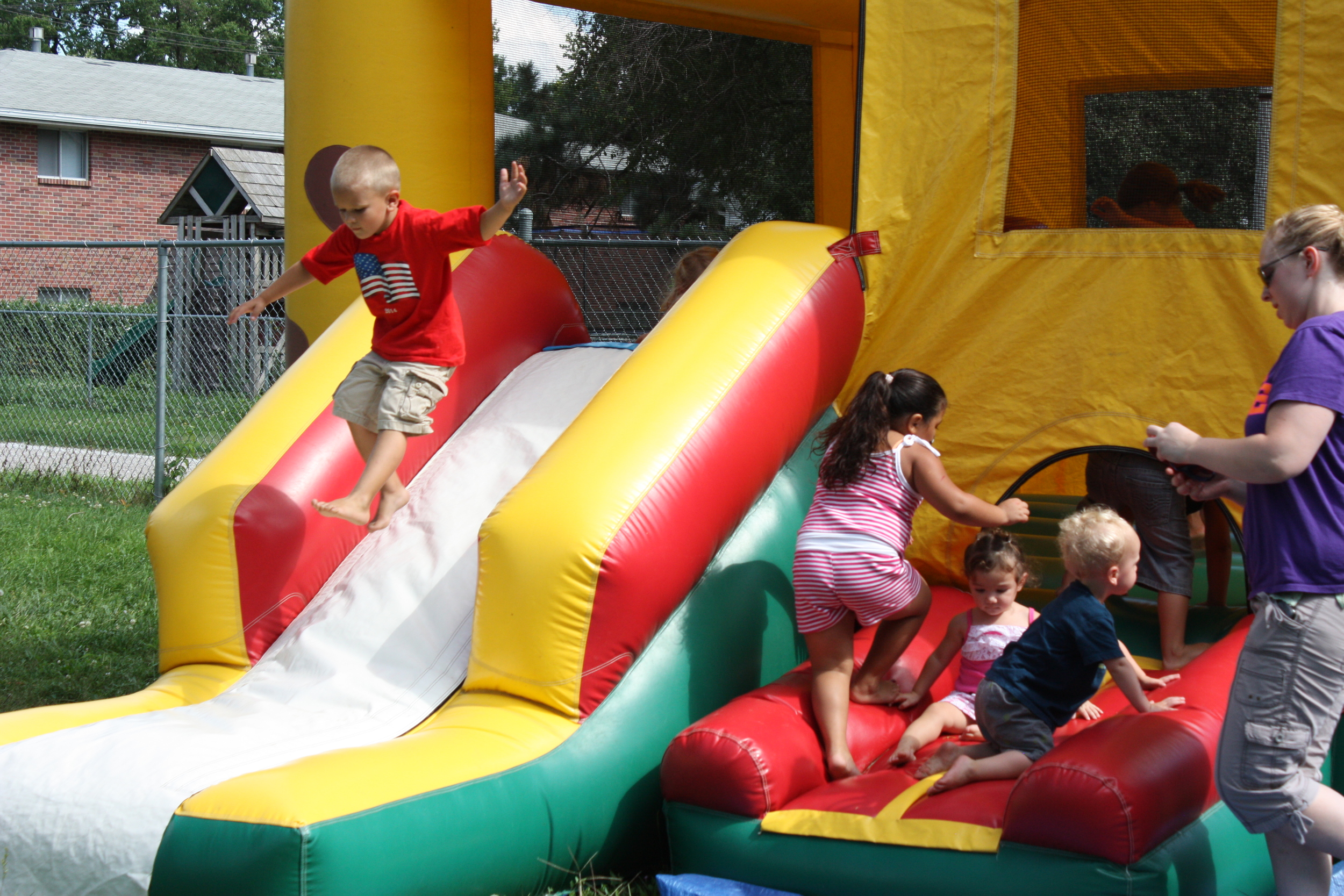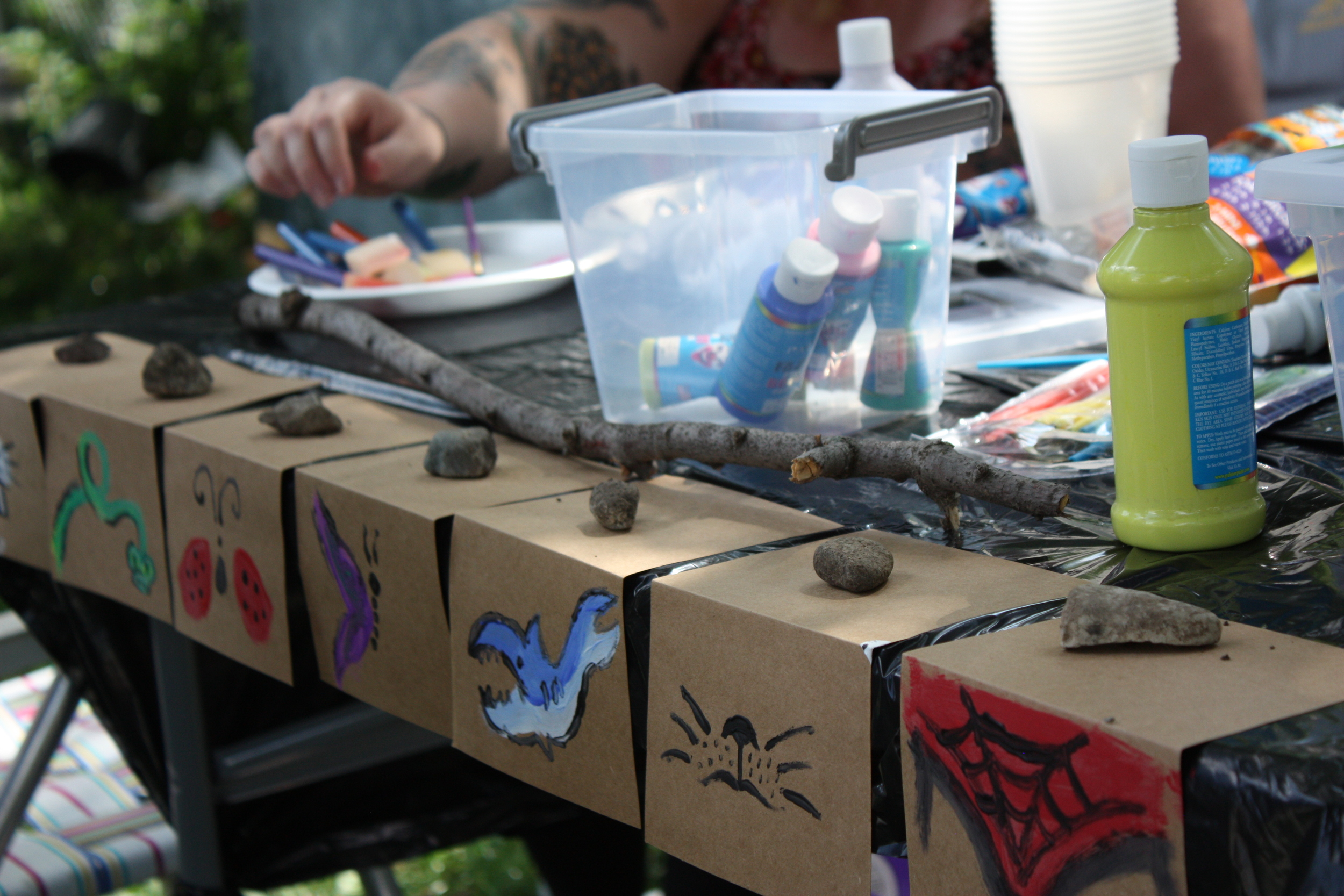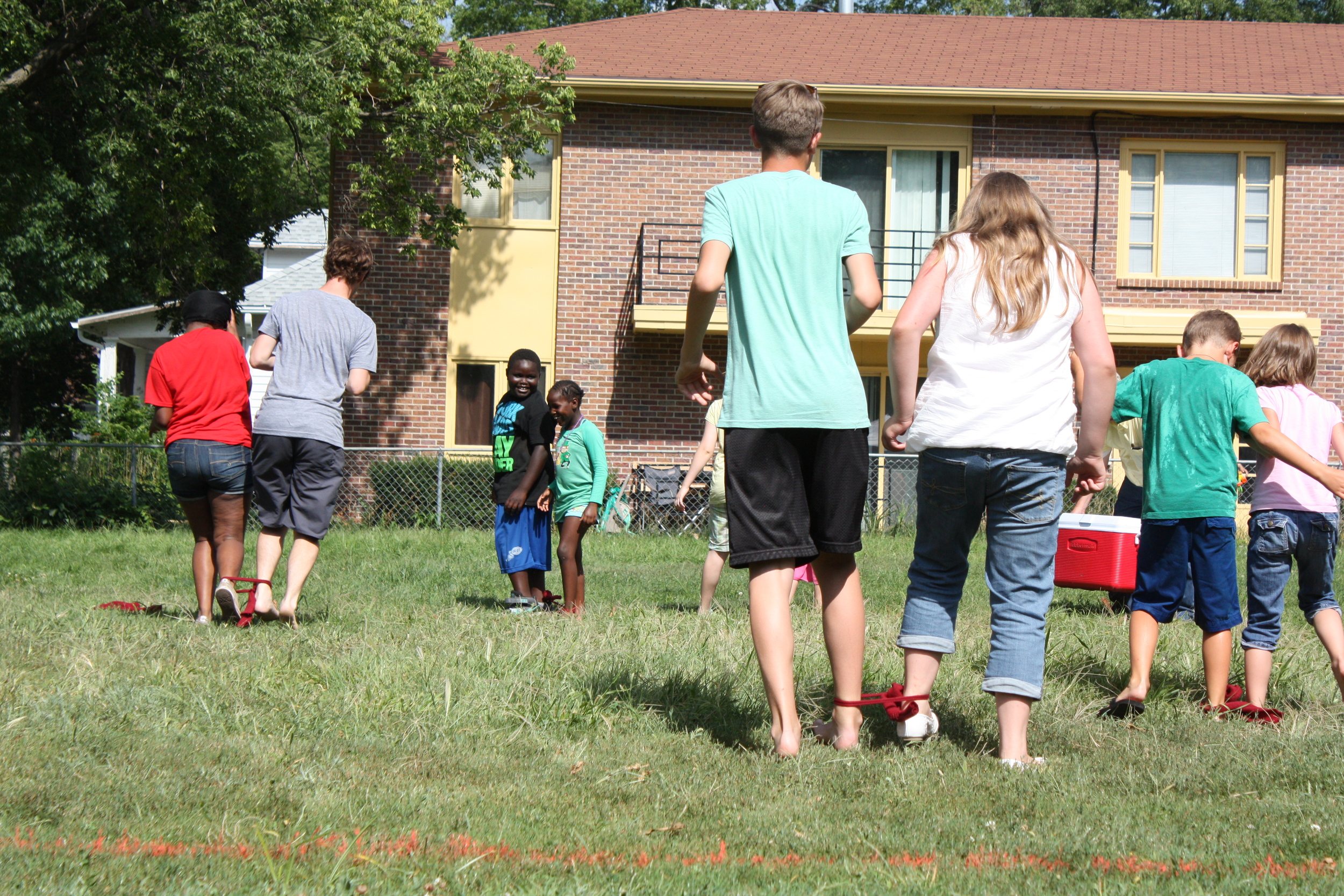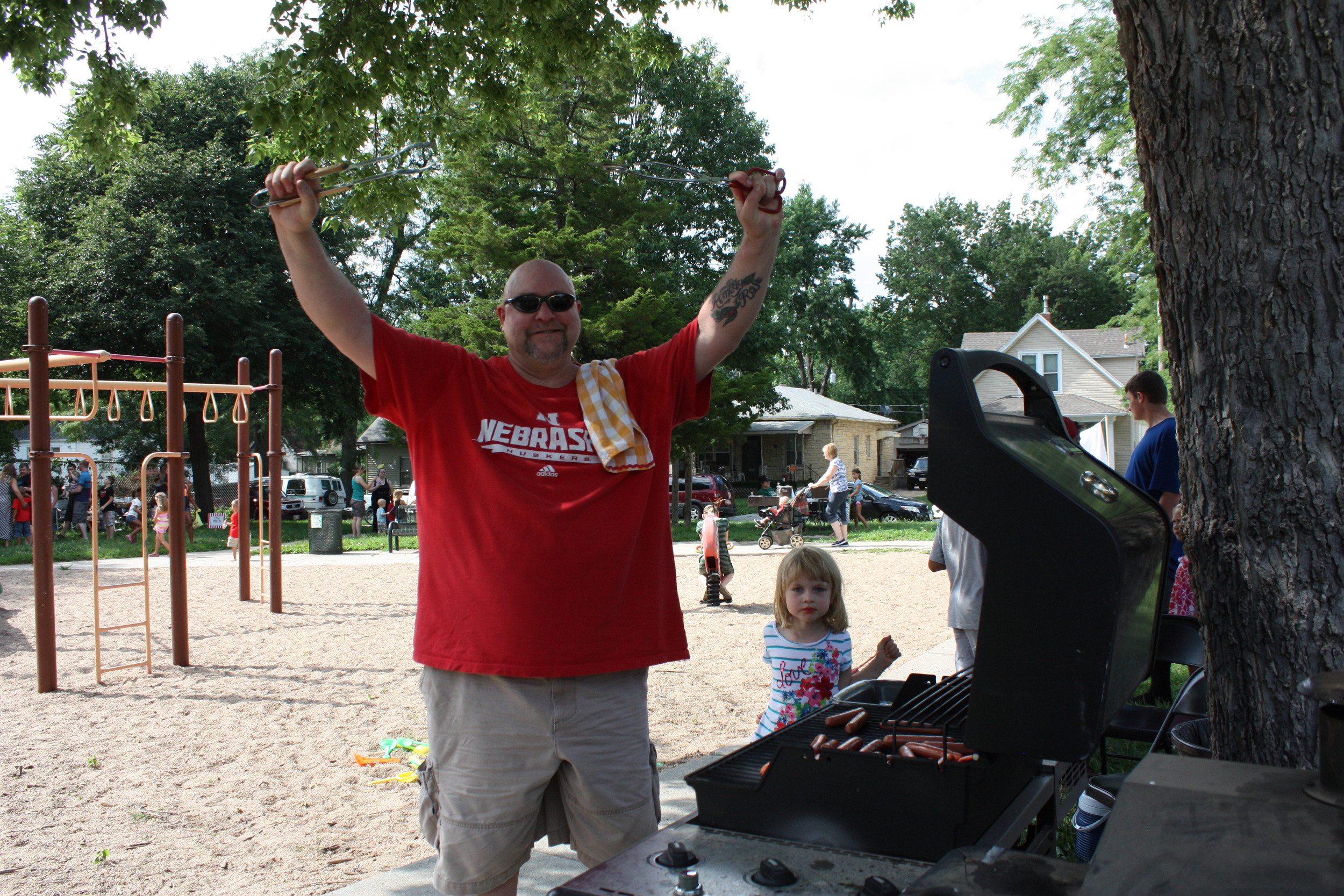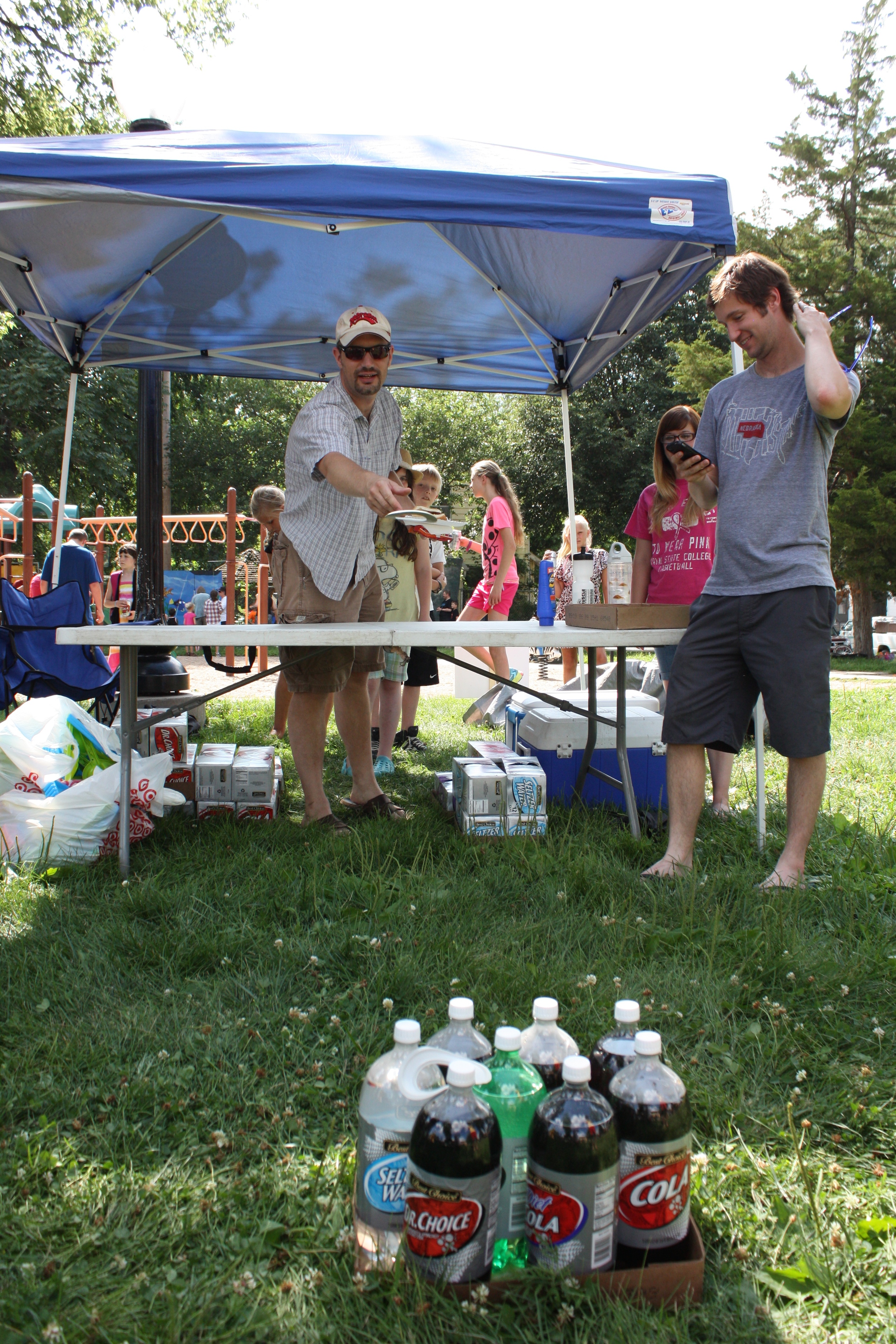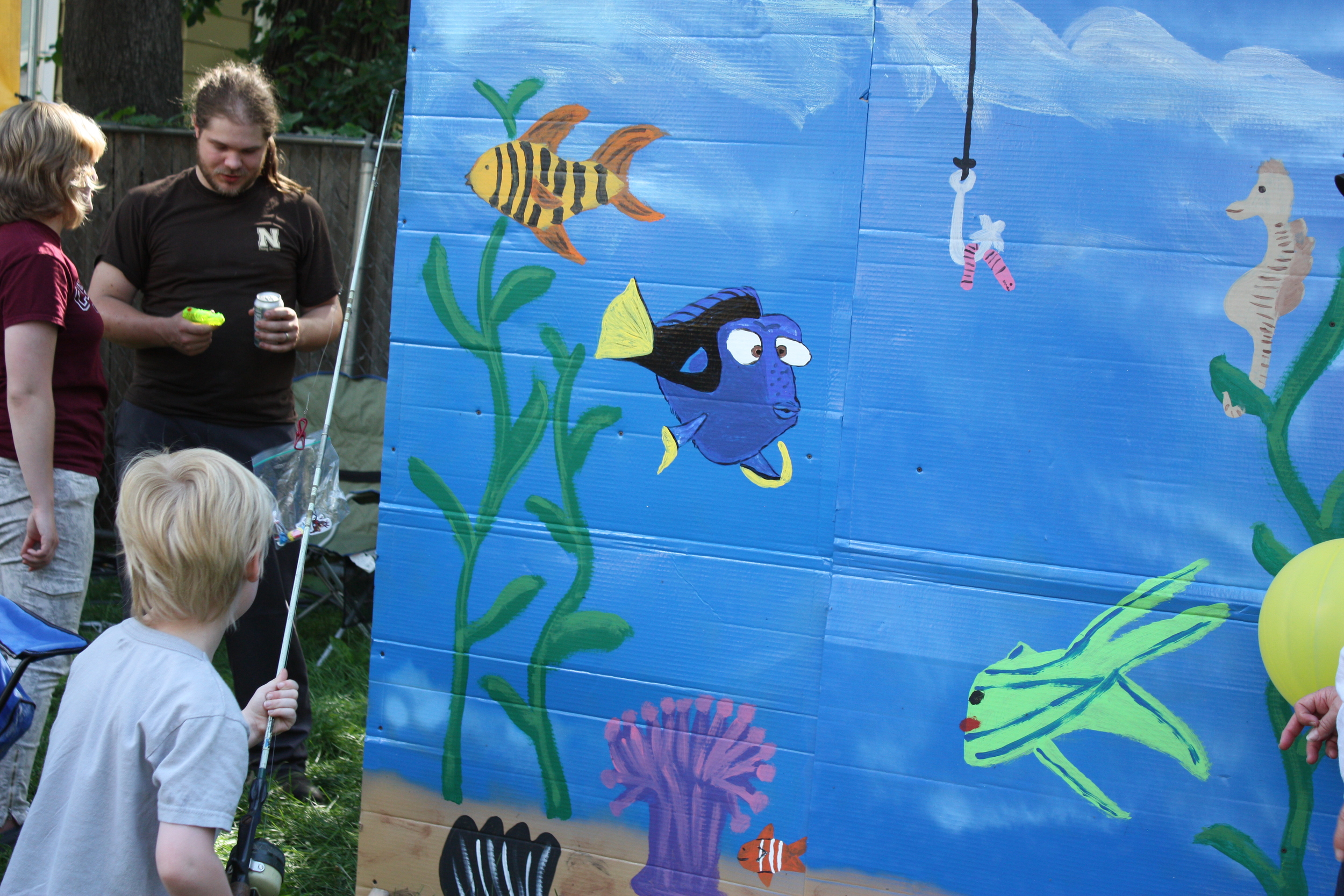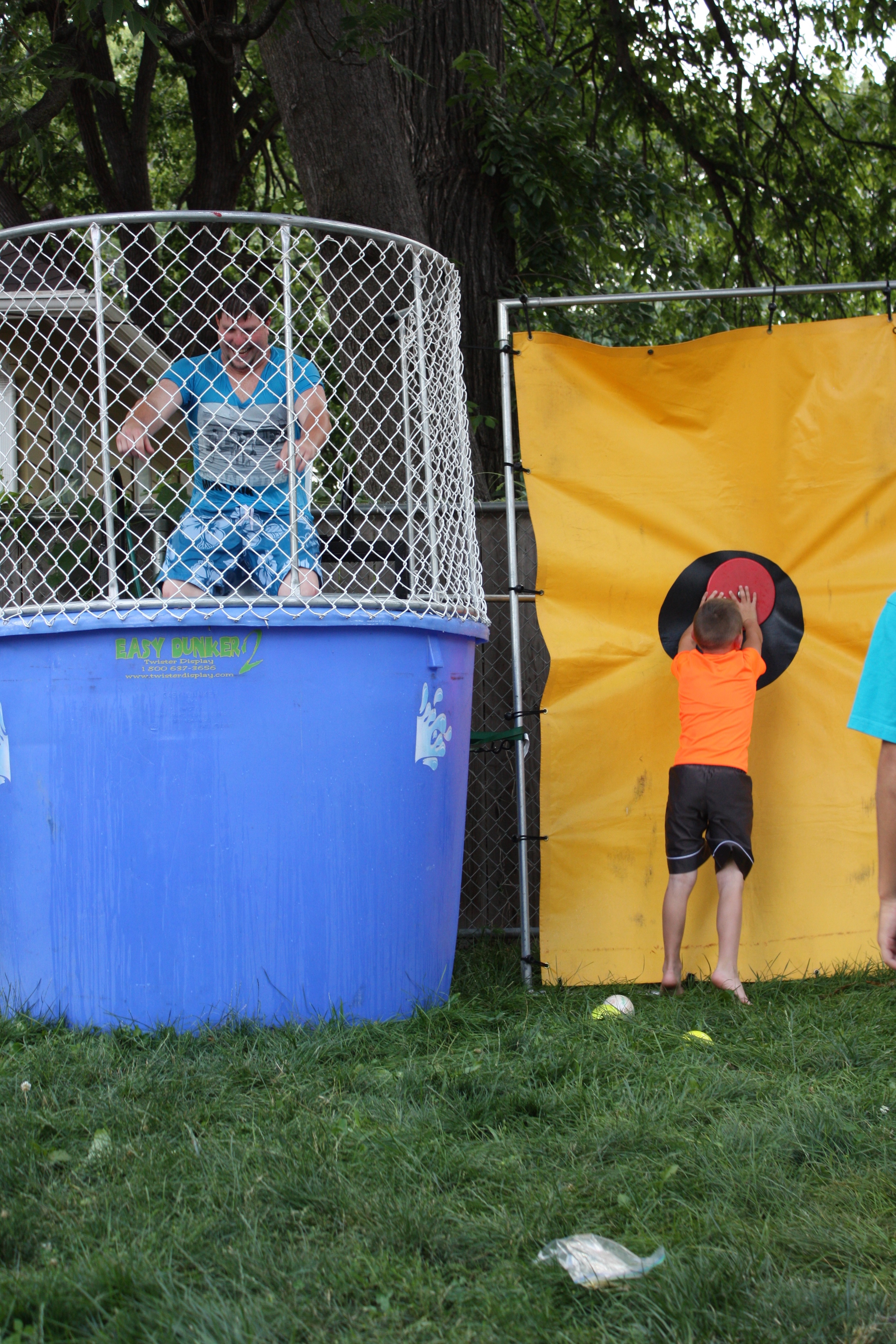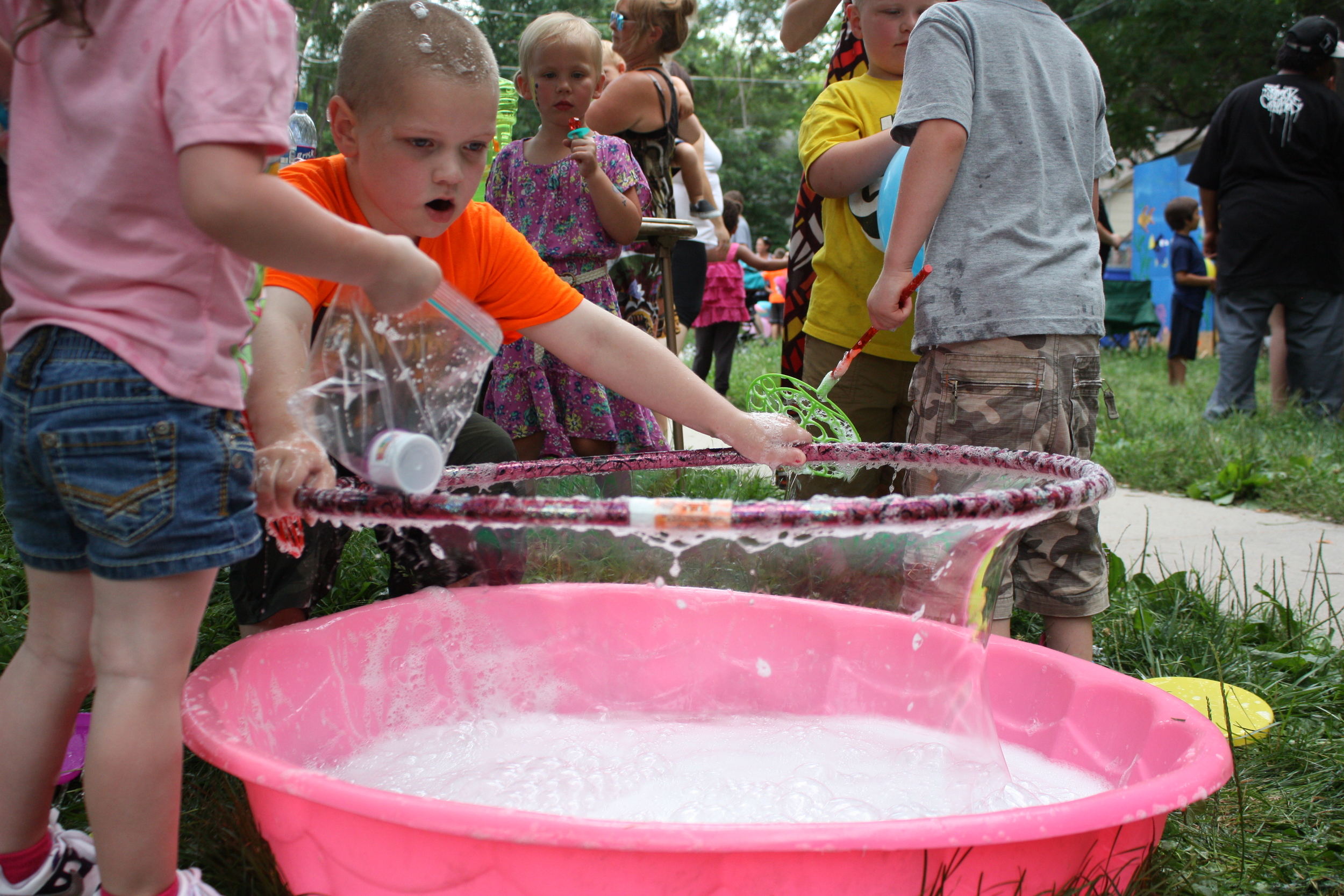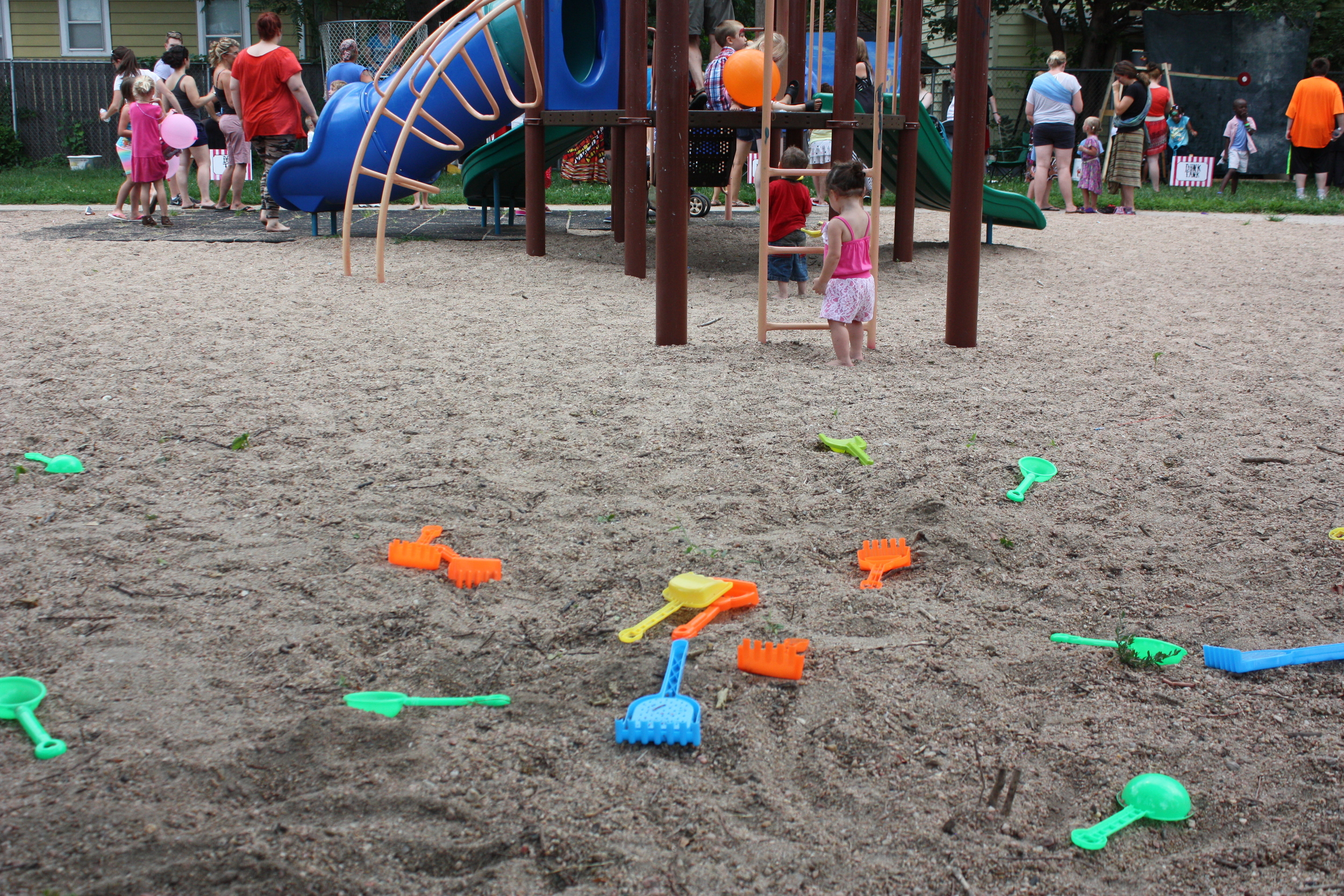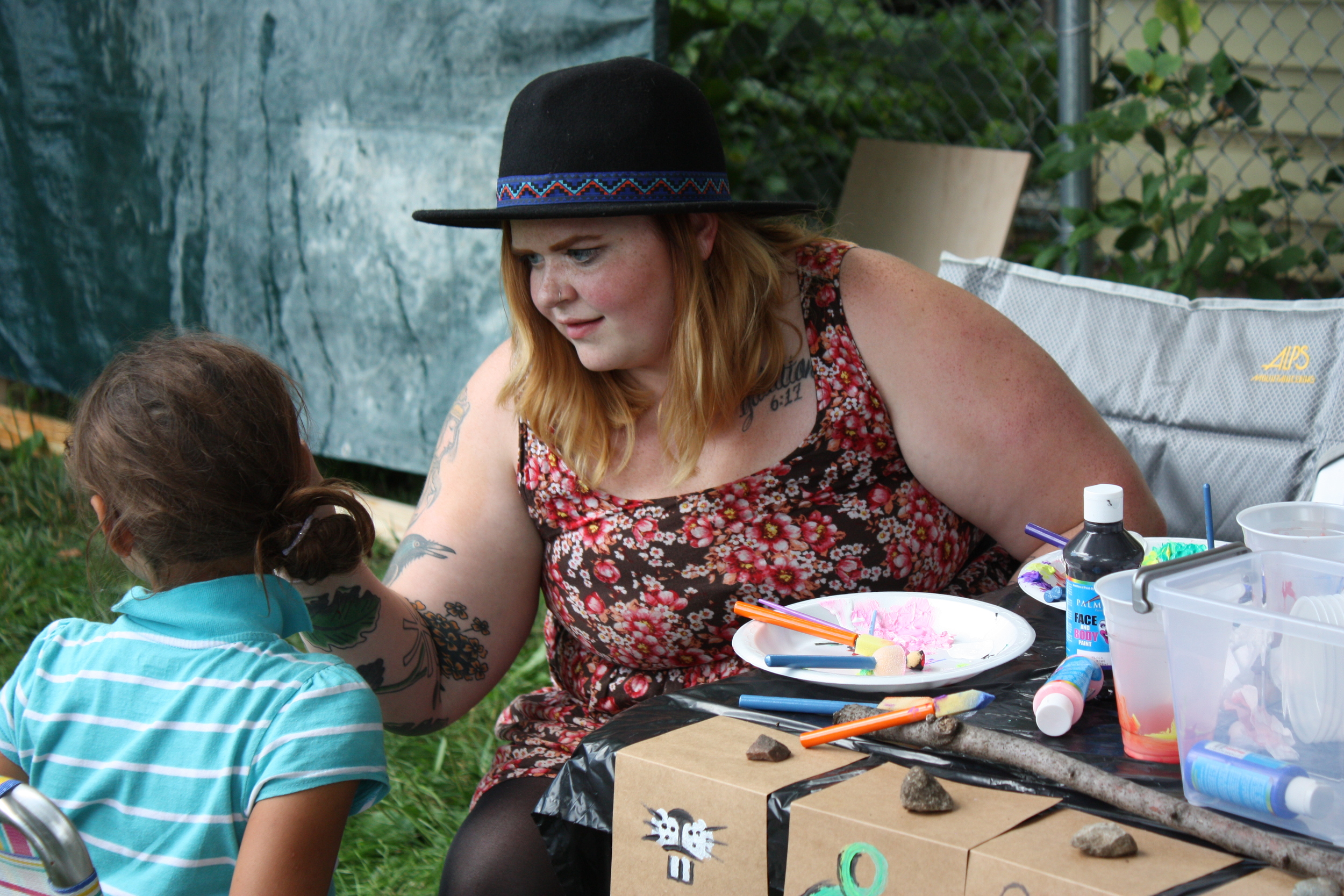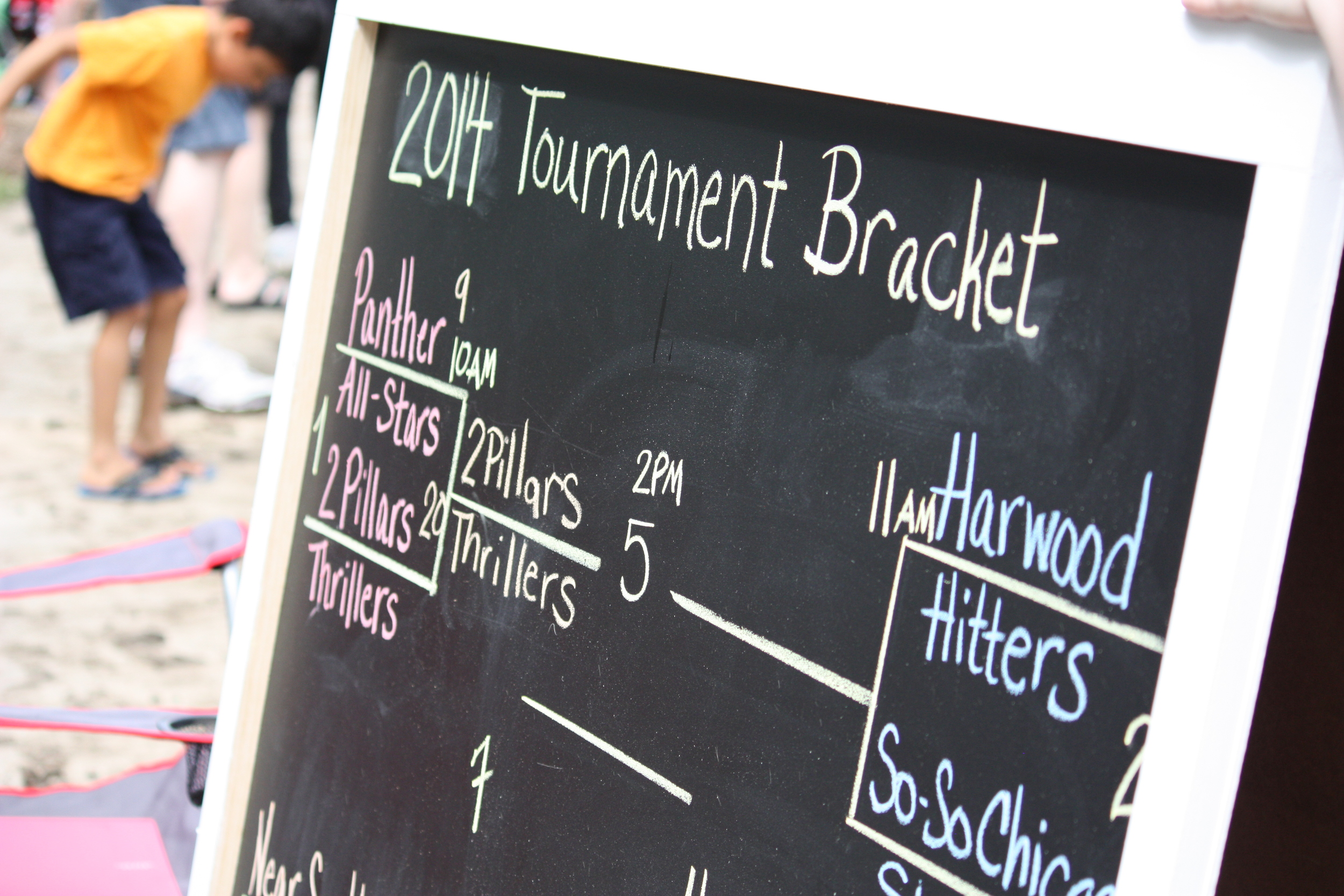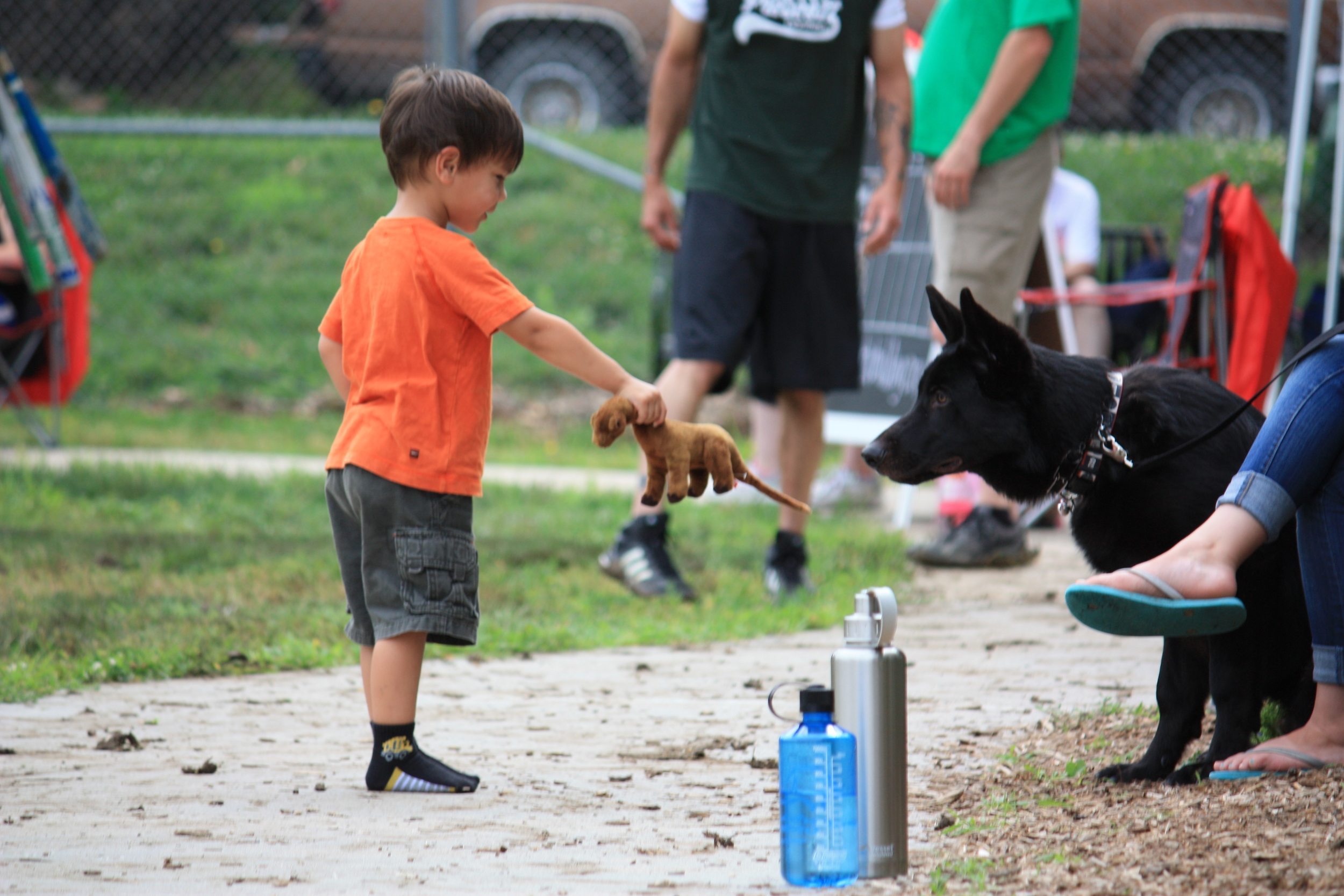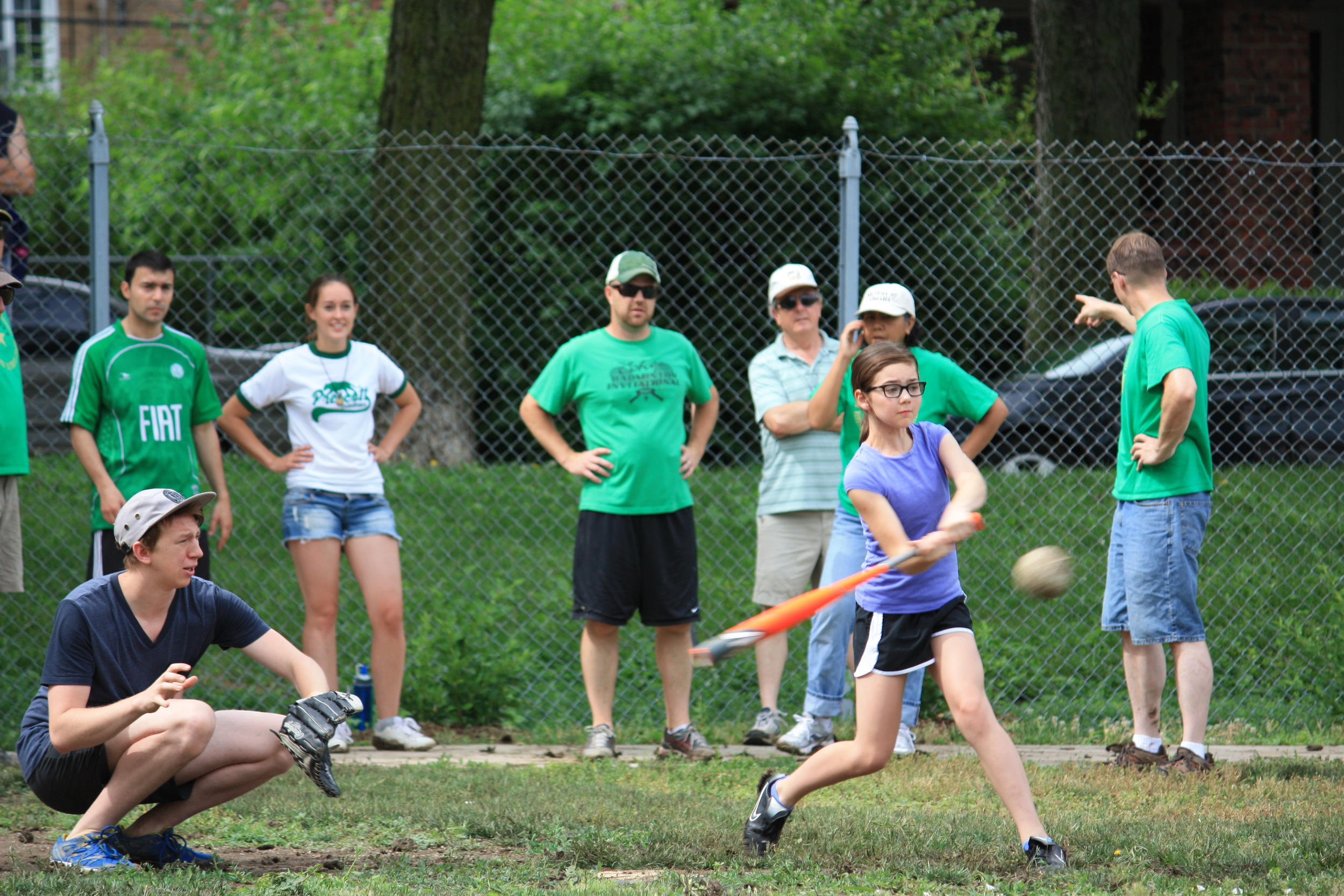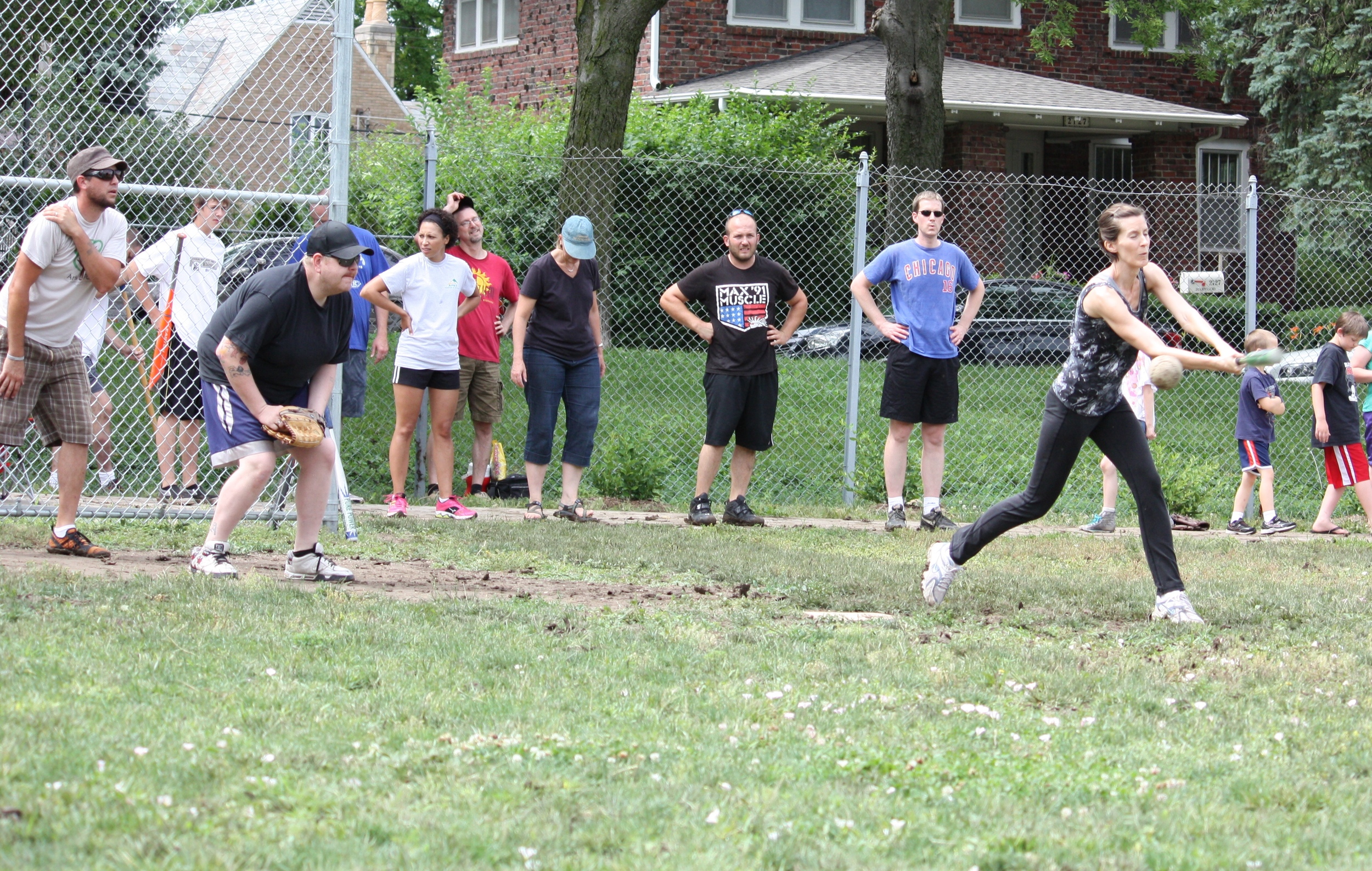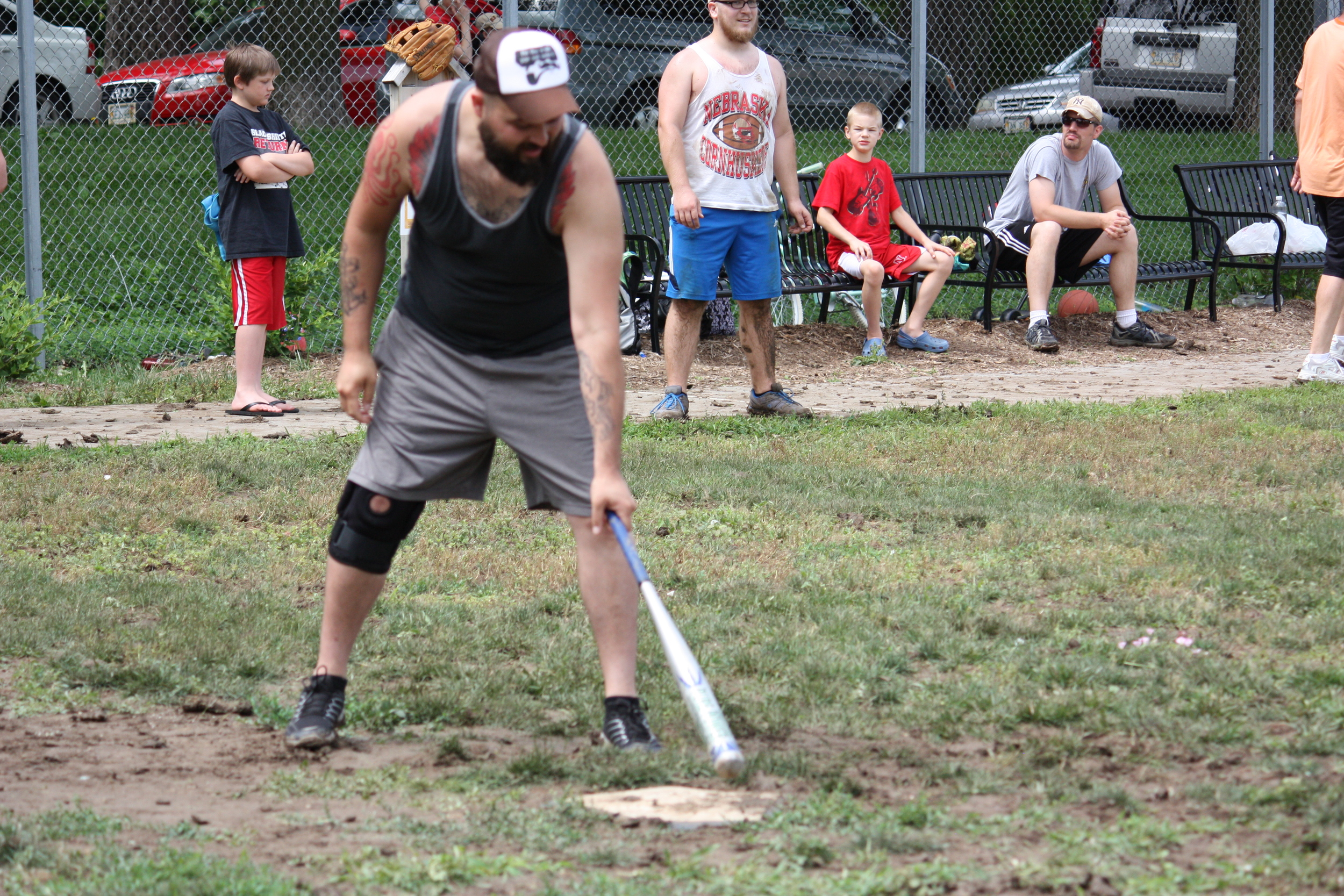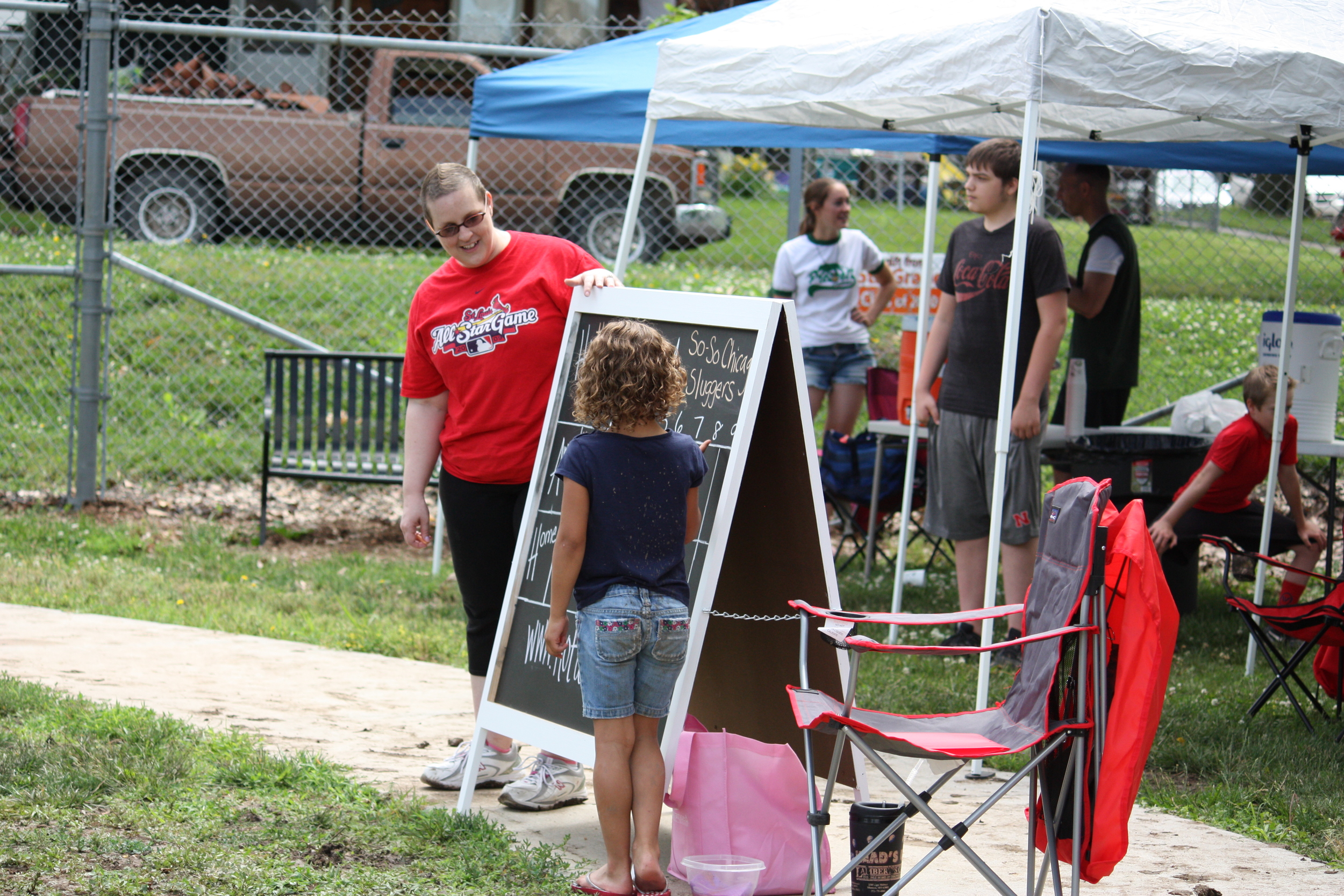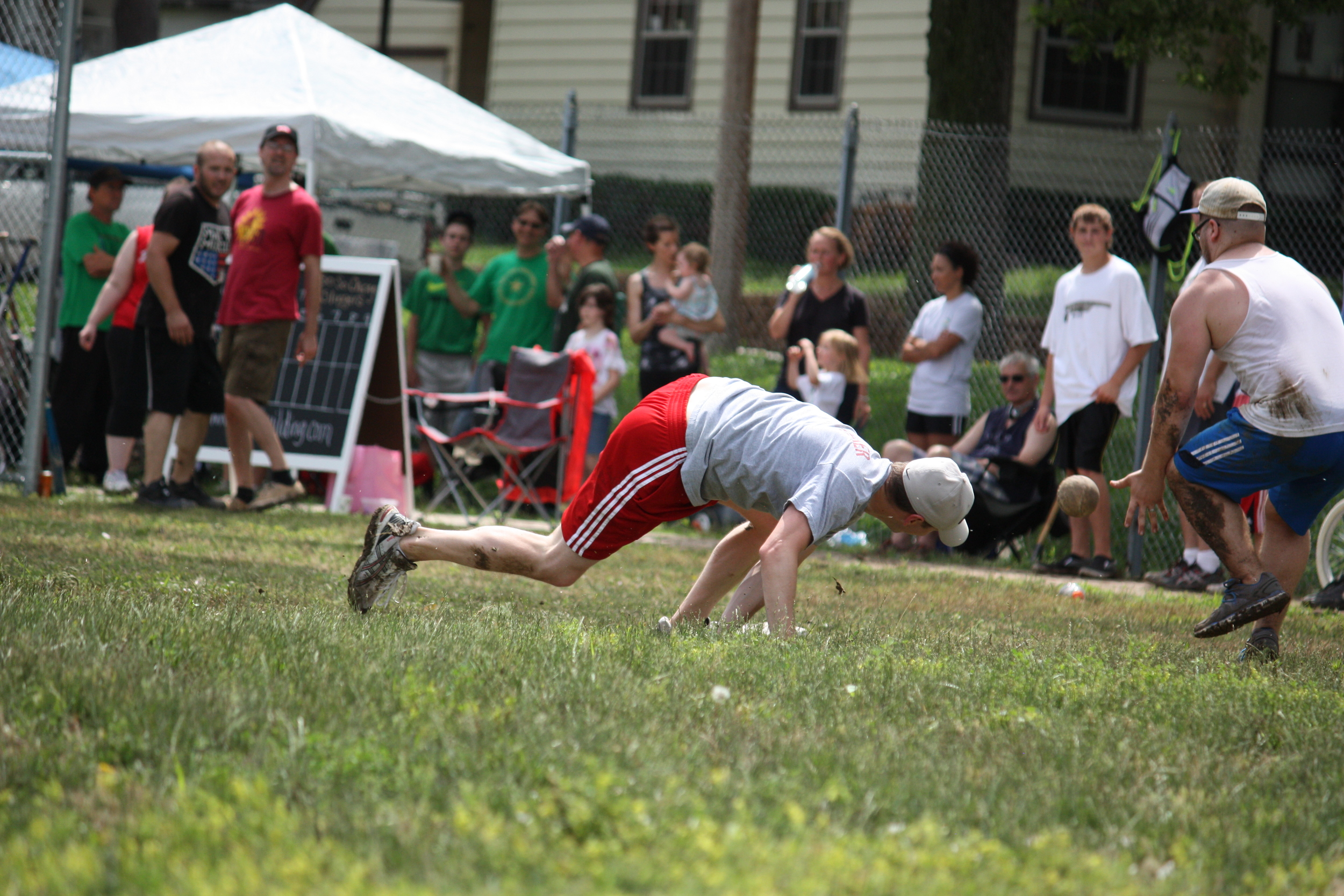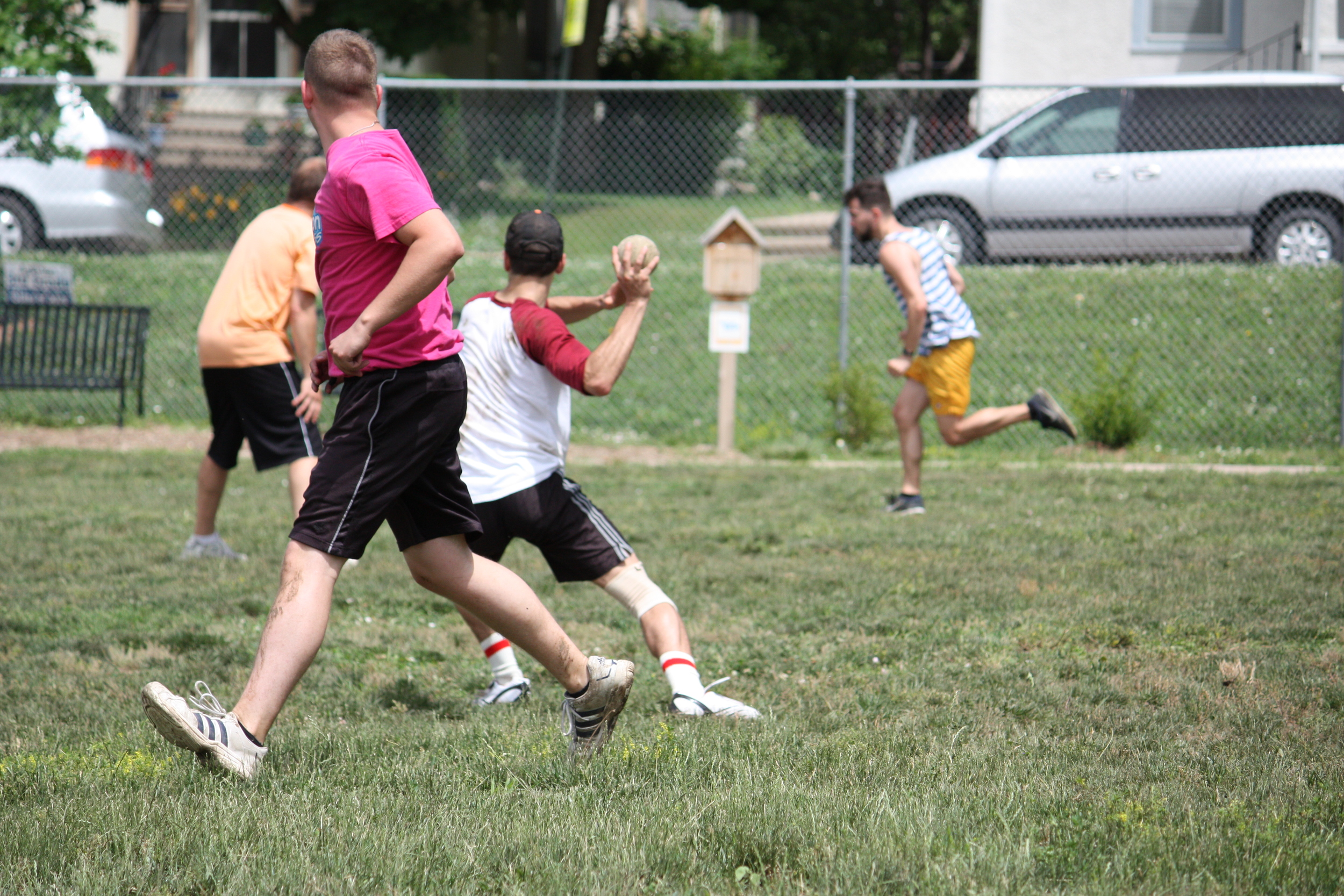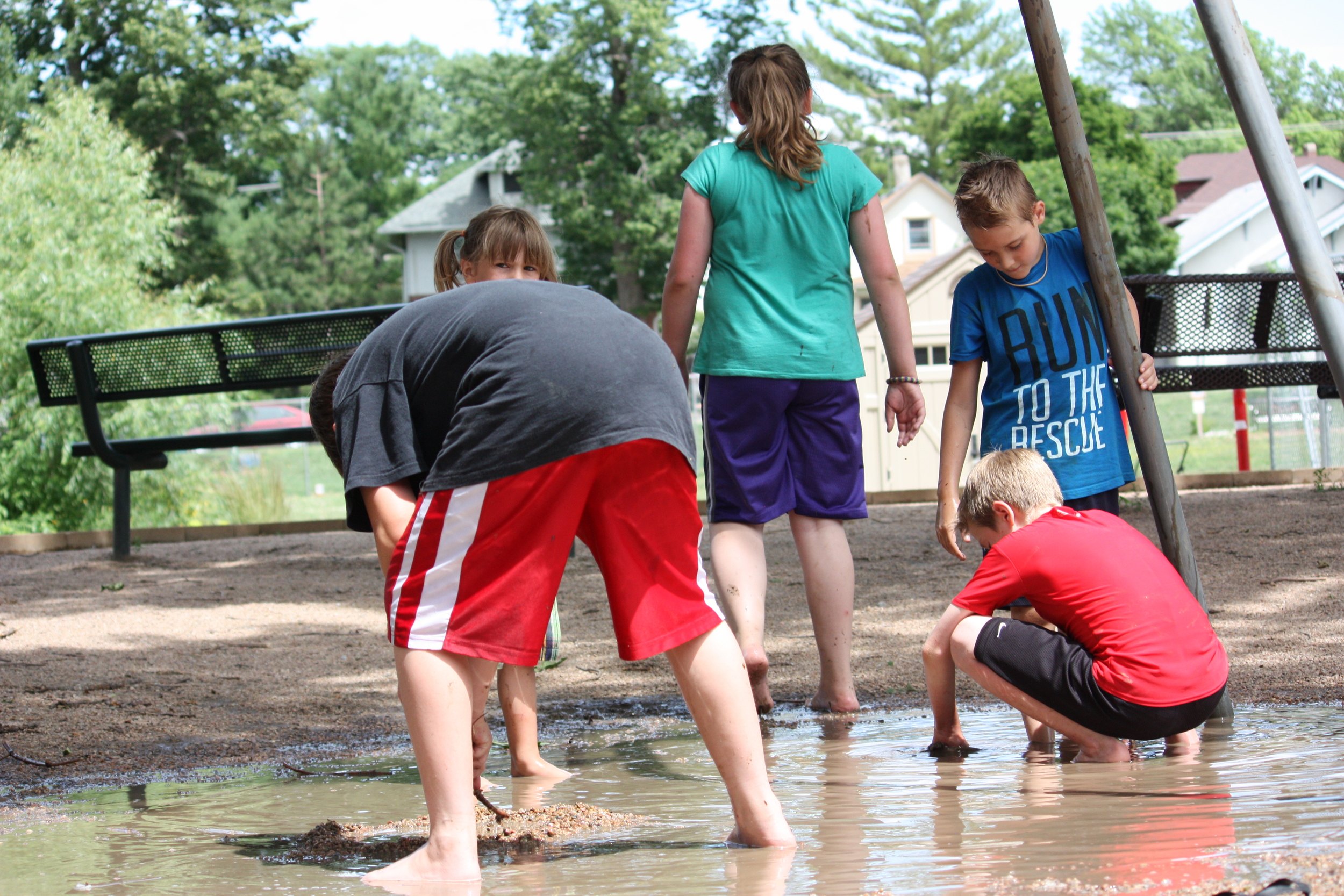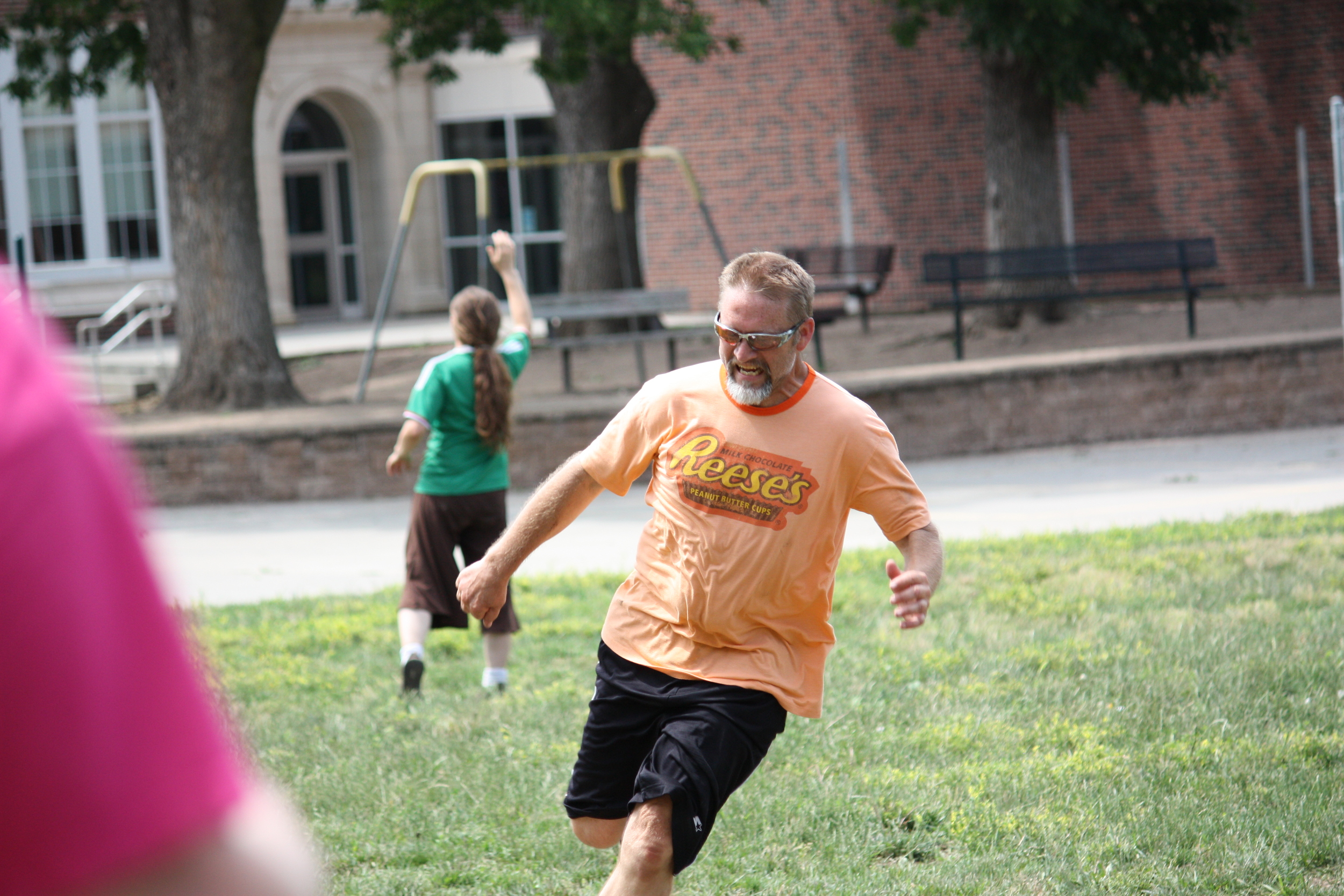This spring, Lincoln’s Near South Neighborhood Association will honor Bertram Goodhue, the architect of Nebraska’s State Capitol, with the construction of a monument at the intersection of Goodhue Boulevard and A Street. Funded by a $2,500 grant from NeighborWorks Lincoln, the monument, according to Association member Brayden McLaughlin, is intended to inform the public about the history of the area. “We’ve always kind of wanted sort of a marker at the end of Goodhue. It’s been kind of an entrance to the neighborhood that’s been overlooked,” McLaughlin told the Lincoln Journal Star last September. The monument will be constructed of a concrete base and will be topped with an engraved plaque containing information about Goodhue, the Capitol, and the surrounding Near South neighborhood. The Near South Neighborhood Association hopes to have the marker installed prior to the Near South Neighborhood Association's Parade of Homes on May 10th.
Despite the considerable honors of a monument and having a broad, grass-medianed boulevard named after him for his contribution to the city, Goodhue never actually saw his finished masterpiece. The notoriously prolific architect, who was known to keep lit cigarettes at several different work stations as he rapidly moved between them, died of a sudden heart attack in 1924 while half a continent away in his home city of New York. Despite having only broken ground on the Capitol in Lincoln just two years earlier, Goodhue’s plans were sufficient in detail for the project to push ahead unabated. In fact, Goodhue had been so prolific that his associates were able to continue working on the deceased architect’s projects for over a decade and a half until his firm finally closed in 1940.
The significance of the Nebraska Capitol and Goodhue’s role in creating it in many ways lies in the sharp contrasts offered by the building and its history. What would have been particularly apparent to observers at the time was the contrast between the opulent Capitol that was under construction and the persistent economic hardship that characterized life in the 1920s and 30s in Nebraska. Completed in 1932 during the height of the Great Depression, the structure, with its expensive limestone, gilded dome, and ornate mosaics and friezes, cost the much smaller state government of that time $9.8 million (roughly the same as Pinnacle Bank Arena when adjusted for inflation). Many in the American ag sector had at that point already endured an economic recession and sluggish recovery that had lasted over a decade following the end of World War I, and the catastrophic Dust Bowl was already starting to lap at the borders of the state at that time. But the building nonetheless seemed to find a kindred spirit in the Depression-fighting architect of the New Deal, Franklin Delano Roosevelt, when he stopped in Lincoln in the fall of 1936. Said Roosevelt, “I have seen – in fact all of the people of America have seen – photographs and illustrations of this wonderful Capitol building. . . . Every one of them ought to come here to see it in the light – a great and worthy structure, worthy of a great state.”
For Goodhue personally, the Capitol that Roosevelt had praised represented a significant contrast to his previous works as he shifted his architectural aesthetic toward the increasingly popular art deco looks that characterized the period. A quick glance at images of Goodhue’s previous projects like the West Point Cadet Chapel, the Rockefeller Chapel at the University of Chicago, and the grounds for the Panama-California Exposition of 1915, quickly reveals how dramatic of a break Goodhue’s design in Lincoln was from the more traditional appearances of his previous projects. The pioneering style of the Capitol represents Goodhue’s “seminal work,” said Bob Ripley, the building’s administrator. “It will be the thing that will be his legacy in architecture for a very long time.”
Perhaps the most important contrast created by Goodhue’s new Capitol was the permanent change that he brought to the prairie skyline of eastern Nebraska. The Capitol in Lincoln would undoubtedly seem much more at home nestled among the skyscrapers of Goodhue’s native Manhattan than perched solitary and conspicuous above the flat, treeless plain that surrounds Lincoln. With the coming of the Capitol, Goodhue seemed to bring to Nebraska an implicit sense of vision and an apparent optimism that the state his project represented might one day grow to fit the monument he was building to it. Coming on the heels of recent national praise for the city’s growth and development, the City of Lincoln and the Near South Neighborhood Association hope to honor the man who helped give shape to that vision.
Photos provided by Tim Burge & Nebraska History Museum


